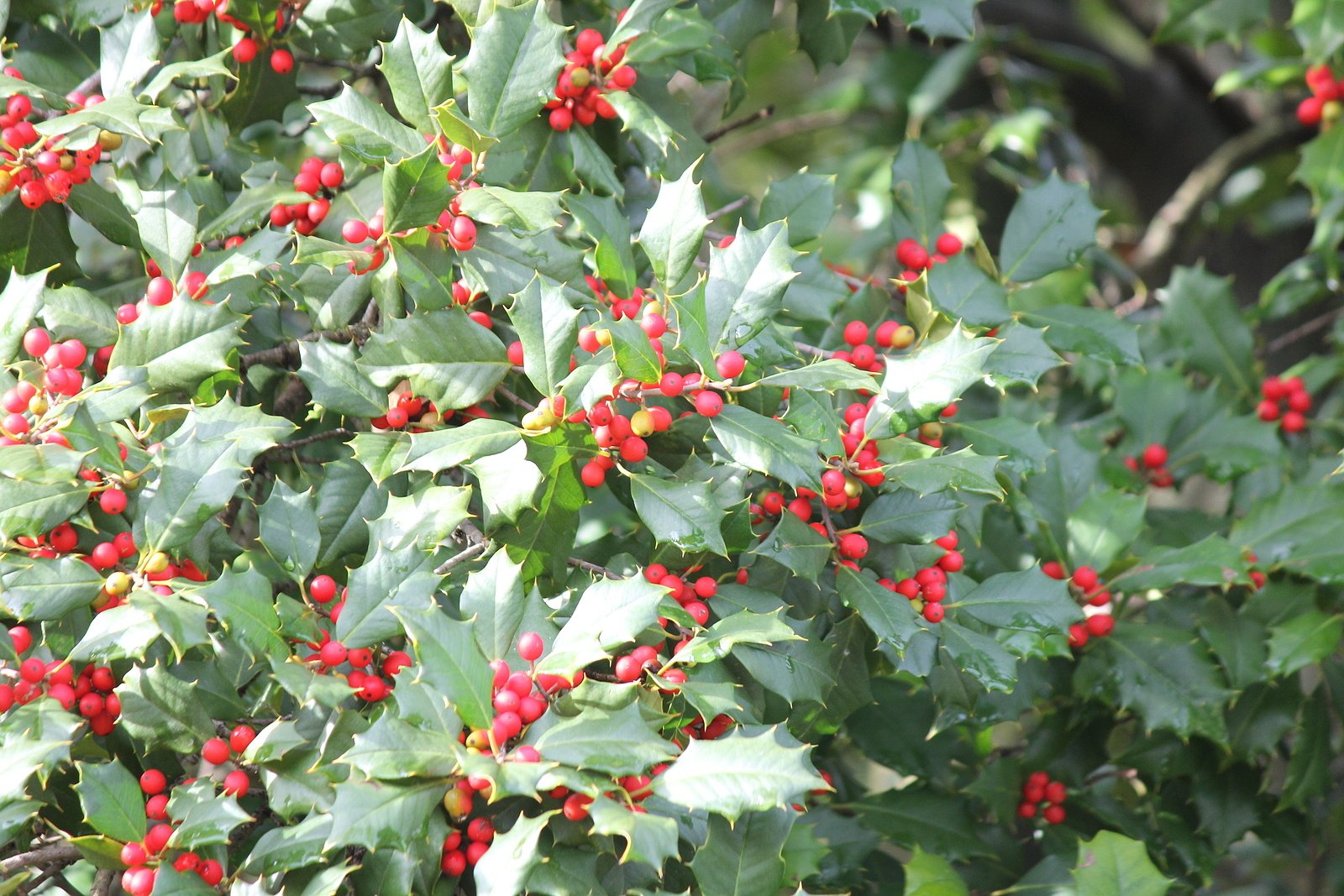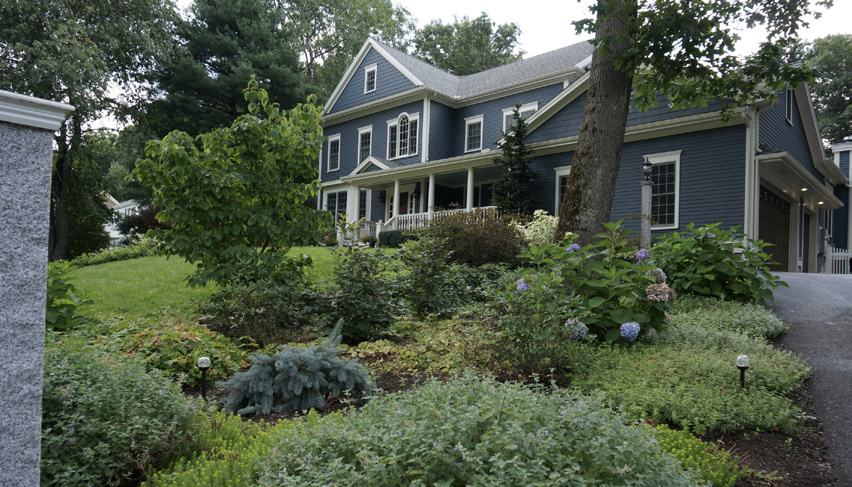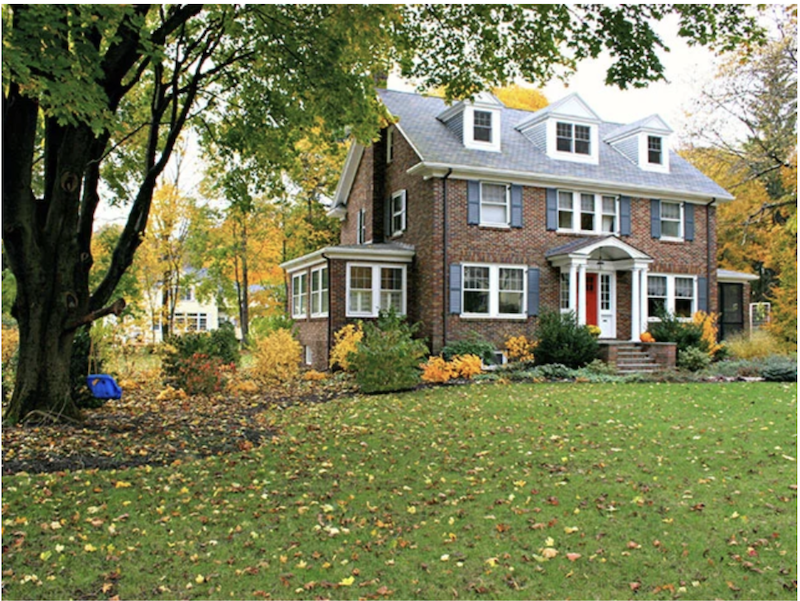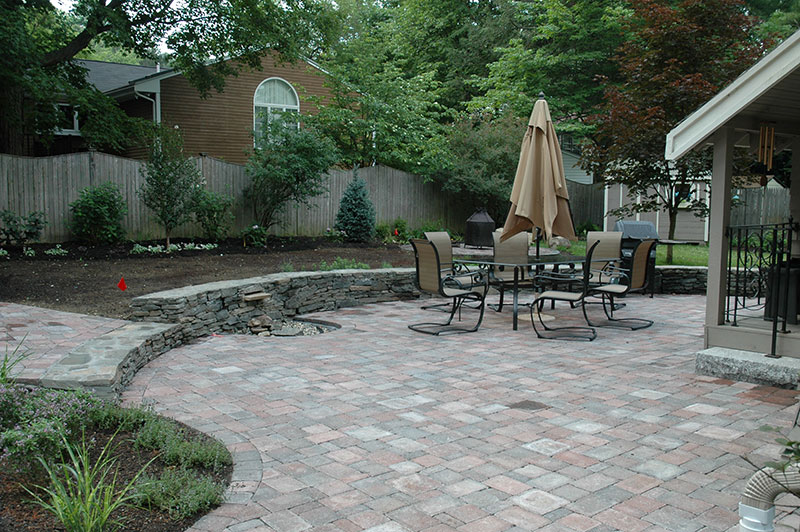With the warmer weather of summer now here to stay in Massachusetts, homeowners will soon start seeing sprouts and seedlings from their early season plantings, if they haven’t already. As your yard grows, it’s important to maintain it properly so that plants can stay healthy and provide beautiful blooms for as long as possible.
Pruning, or trimming certain parts of a plant, can help make it last longer and increase its blooms. But we see some good-intentioned gardeners making pruning mistakes that can actually damage the health of the yard.
Here are some of the most common mistakes we see homeowners making when pruning their yards, and how to overcome them:

1. Not understanding ideal plant structure.
You never want to simply start pruning a plant without understanding its different areas and their function. Find pictures of the plant you are pruning in a mature, healthy condition and note things like its height and bud distribution. This will help you understand where on the plant you need to cut.
Before you start pruning, you need to know which areas should be trimmed and which are better left alone. Otherwise, you run the risk of over-pruning, which can stress the plant and ultimately stunt its growth. YouTube is a great source for quick tutorials on pruning.
Handpicked Related Content:
2. Not knowing when to prune.
Just as you need to understand the structure of the plant, you also must recognize the timing of the plant’s growth and how that impacts its need for pruning. Some plants should be pruned earlier in the year during the spring and summer seasons, while others are best pruned going into the dormant colder seasons. If you prune too late, you run the risk of interfering with flower buds and limiting its bloom.
To solve this issue, make sure to understand the particular bloom timing of each plant you will be pruning. There are lots of online resources about pruning that can help, particularly when it comes to shrubs and trees that grow in the Massachusetts area.

3. Not having the proper pruning tools
While knowledge of the timing and specific areas of a plant that need to be pruned is important, you must also have the right tools for the job. If you don’t have any tools for pruning, a good way to start is choosing one set of hand shears or cutters, one longer set of shears, and one pruning saw for trees and larger shrubs. There are plenty of great landscaping and gardening resources online with more information about pruning tools.
Take time to learn how to hold and operate them for best results — some shears may need to be used at a certain angle. Be sure to keep your pruning tools clean and rust-free when they aren’t in use.
Learn how to make your yard a reflection of your own personality by downloading the ebook titled "How to Maintain Your Landscape and Transform it into a Beauty You'll Love."

The Final Word on Pruning Your Yard in Massachusetts
Remember that for most plants, pruning is just a supplemental activity that slightly improves health and appearance. If you pick the right plant and place it in the right part of your yard with enough water and sunlight, most shrubs and flowers will need minimal pruning.
Early pruning should be especially minimal. Once a plant reaches about three years old, it will need some structural pruning to guide the plant to its ideal form and encourage circulation.
For certain plants, pruning is a sophisticated practice that requires knowledge and experience with gardening. If you’d like assistance with pruning or other landscape maintenance tasks, get in touch with our expert team at Moodscapes to schedule an assessment today.






































